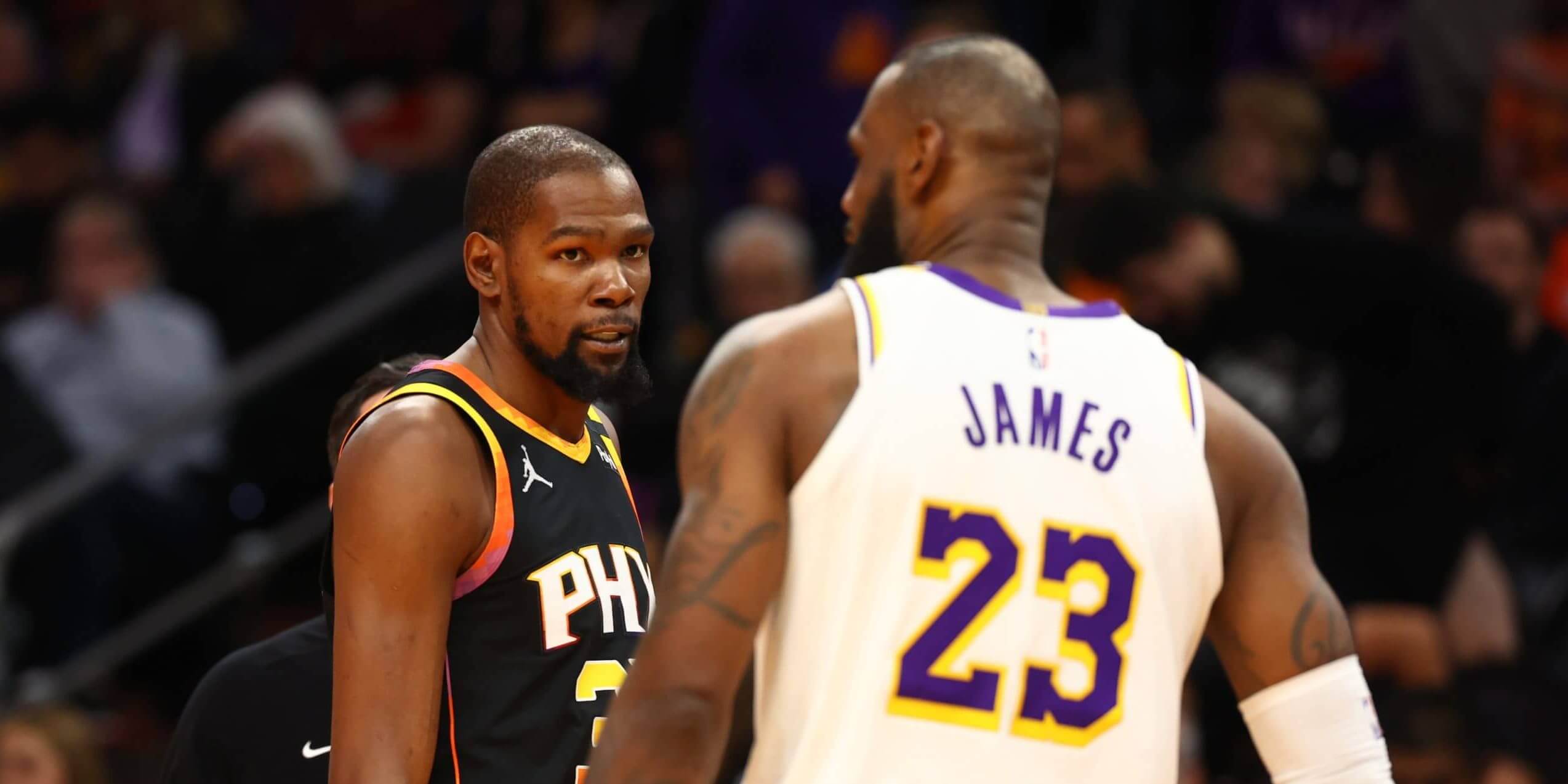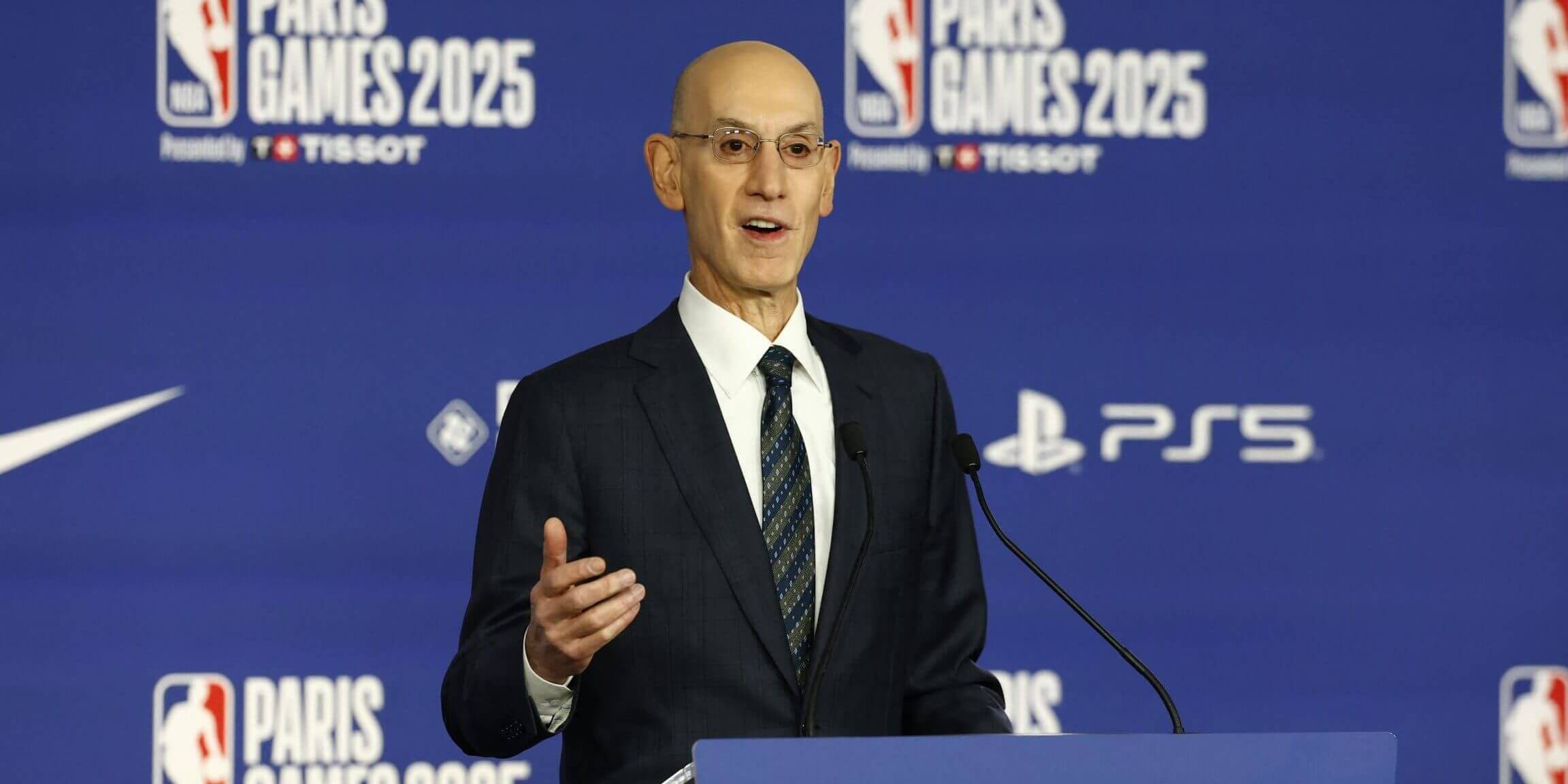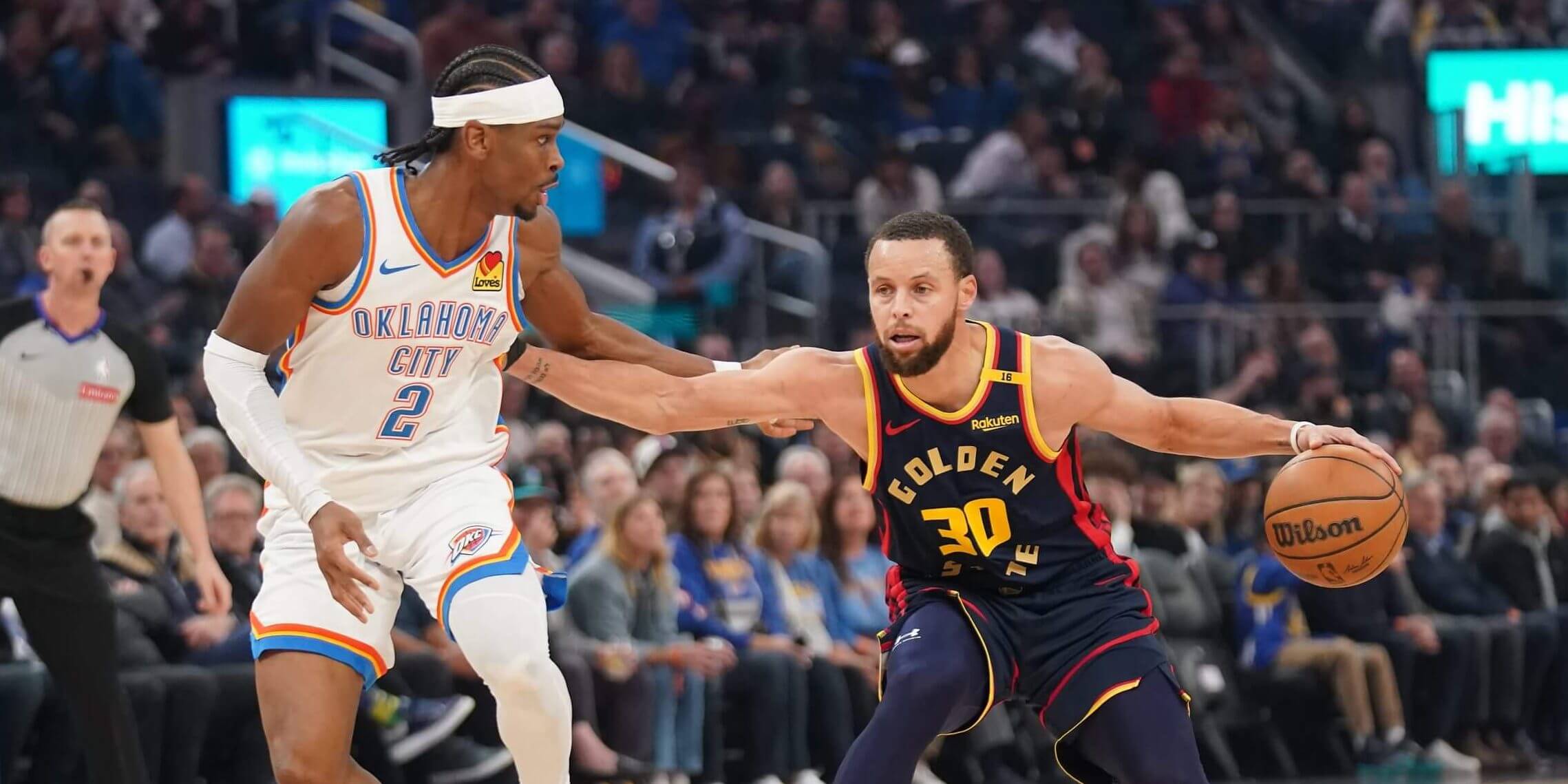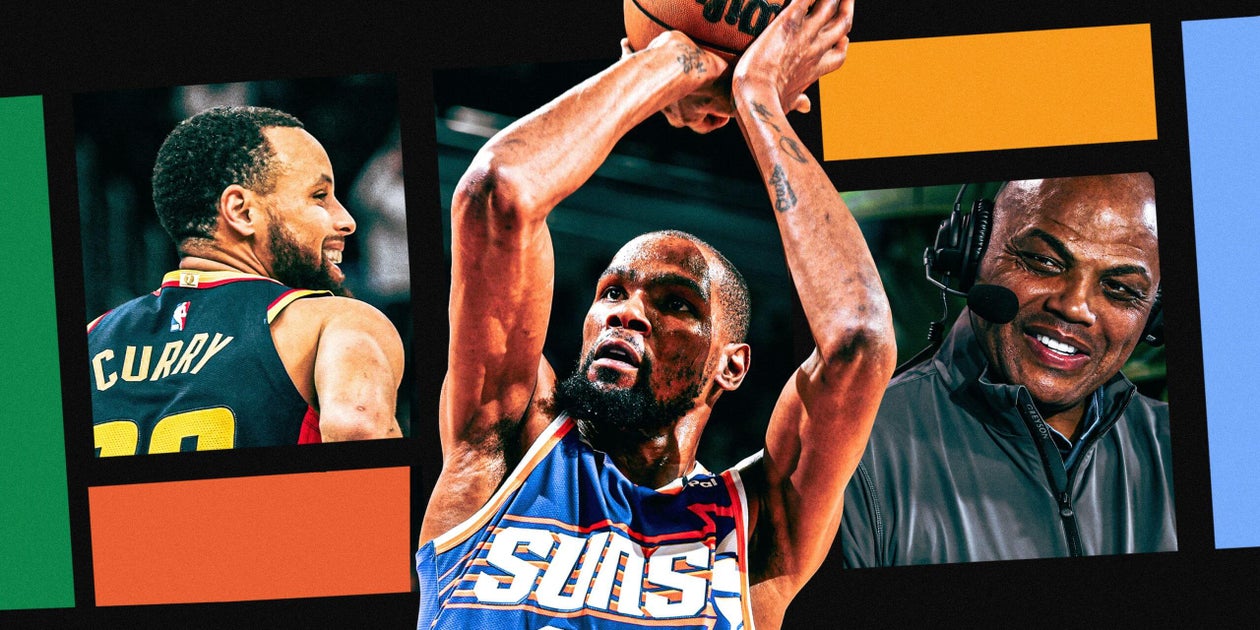Exploring the Current State of the NBA

Editor’s note: This story is part of a multi-part series examining the issues and concerns about the current NBA.
In a split second, Stephen Curry absorbed the unfolding drama of his 1,009th NBA game. It was a defining moment late in the fourth quarter against the Knicks at Madison Square Garden — a venue renowned for its electrifying atmosphere. With 25 points already on the board and four 3-pointers to his name, Curry was poised for another one of his iconic performances. As the Warriors led late in the game, they executed a familiar play involving Curry and his long-time teammate, Kevon Looney.

Curry received a dribble handoff from Looney just beyond the 3-point arc. The Knicks’ defense collapsed, sending three players to track Curry. This is what is meant by the “gravity” his historic shooting brings to the court. Defenders, knowing Curry’s potential to sink a game-defining 3-pointer, had to make a choice. Mitchell Robinson, the Knicks’ center, faced a dilemma: he could challenge Curry or protect the basket against Looney, who was rolling toward the hoop. He opted to step toward Curry, but it was a crucial half-step — just enough for Curry to exploit.
Instead of taking a risky shot, Curry executed a masterful pocket pass between Mikal Bridges and Robinson, perfectly setting up Looney for a dunk. This display of basketball intelligence was not just beautiful; it was emblematic of the synergy and understanding that comes from a decade of teamwork. The play showcased a balance of observance, instinct, and efficiency — a non-3-point shot that the analytics community often celebrates.
Such moments are not rare in the NBA. Every night, the league offers dazzling displays of skill that captivate fans. Kevin Durant, a future Hall of Famer, shared his thoughts on the current state of the NBA: “I think the game’s in a good place,” he stated, reflecting on the evolution of basketball.
No serious analyst can dispute that today’s players exhibit a skill level far superior to that of the past decades. More players now possess a broader range of skills: better dribbling, improved passing, and, notably, enhanced shooting accuracy from longer distances. Victor Wembanyama, the Spurs’ rising star, represents a new breed of athlete who blends size and skill in a way never seen before in the NBA.
Durant’s Perspective on Basketball Evolution
- “I think we’re at the peak of basketball, in my opinion,” Durant remarked. “The game is always going to evolve.”
- He noted that the most dominant big men are becoming central to offensive strategies once again.
- Durant emphasized the importance of appreciating the game’s growth, despite some complaints about its current form.
This sentiment is echoed by many current players, who believe that the modern game is thriving. Curry remarked, “Sometimes a narrative starts, and everybody starts to kind of feed into it, not actually come in with an informed kind of perspective.” He highlighted that while the game has evolved, the core nuances remain intact, affirming that basketball IQ still holds significant value.

Yet, a palpable divide exists between those who appreciate the present style of play and those who yearn for a return to a bygone era. Critiques, often voiced by former players and commentators, lament the prevalence of 3-point shooting, constant timeouts, and load management — a practice that many believe undermines the integrity of the game.

While the NBA enjoys unprecedented financial success, with a new media rights deal poised to bring in $76 billion, viewership ratings have faced challenges. Critics argue that a lack of engaging basketball may be deterring fans, even as the league’s financial health flourishes.
Many modern players, including Curry and Durant, reject the notion that the game is flawed. They assert that the current style is merely a reflection of evolving strategies and player capabilities. “If that requires shooting 50 3s, and that wins you a championship, then I’m going to shoot 50 3s,” said Nets’ wing Cam Johnson, underscoring the competitive nature of today’s game.
The Transformative Impact of 3-Point Shooting

- Boston’s current average of over 48 3-point attempts per game sets a new league record, illustrating the shift in offensive strategy.
- The Warriors’ influence on 3-point shooting has reshaped how teams approach scoring.
- Coaches acknowledge that while this trend may appear monotonous, it is driven by efficiency and the mathematical advantages of 3-point shots.
With the removal of defensive restrictions that once stifled scoring, the NBA has transformed into a high-scoring league. The average points per game have surged, providing fans with thrilling, fast-paced action. Coaches like Tom Thibodeau highlight how modern spacing and shooting have altered defensive strategies, making it increasingly challenging to contain skilled offensive players.
Despite the offensive explosion, there remains a faction within the basketball community that yearns for a return to more balanced play. This nostalgia often contrasts with the remarkable athleticism and skill displayed in today’s game. While traditionalists may argue for a more physical style of play, the reality is that the current generation of players has adapted to the evolving landscape.
In a recent discussion, NBA commissioner Adam Silver acknowledged the need for a balance between skill development and injury prevention. He noted that the rigorous schedule of games and relentless training could lead to overuse injuries among young players. “There’s sometimes too much of a focus on skill,” Silver noted, emphasizing the importance of a well-rounded approach to player development.
As the NBA continues to evolve, players and coaches alike recognize the necessity for adaptation. Four-time All-Star Trae Young remarked on the game’s increasing physicality, noting that the league is beginning to resemble the more aggressive styles of previous decades.
Looking Ahead: The Future of the NBA
- While the game has changed, the essence of basketball remains intact, with players striving for excellence and innovation.
- As the league adapts, it must also consider the balance between offense and defense, ensuring that both aspects are valued.
- The NBA’s ability to captivate audiences hinges on its capacity to showcase talent while maintaining the integrity of the sport.
In conclusion, the NBA stands at a crossroads, balancing the demands of modern gameplay with the nostalgia of its storied past. As players like Durant and Curry continue to redefine excellence on the court, the league must navigate the complexities of its evolution while celebrating the sport’s rich heritage. The dialogue surrounding the NBA’s future is essential, but ultimately, the goal remains the same: to enjoy the beautiful game of basketball.
Sign up to get The Bounce, the essential NBA newsletter from Zach Harper and The Athletic staff, delivered free to your inbox.
(Illustration: Kelsea Petersen / The Athletic; Photos: Barry Gossage/ Cliff Hawkins/ Thearon W. Henderson/ Getty Images)

